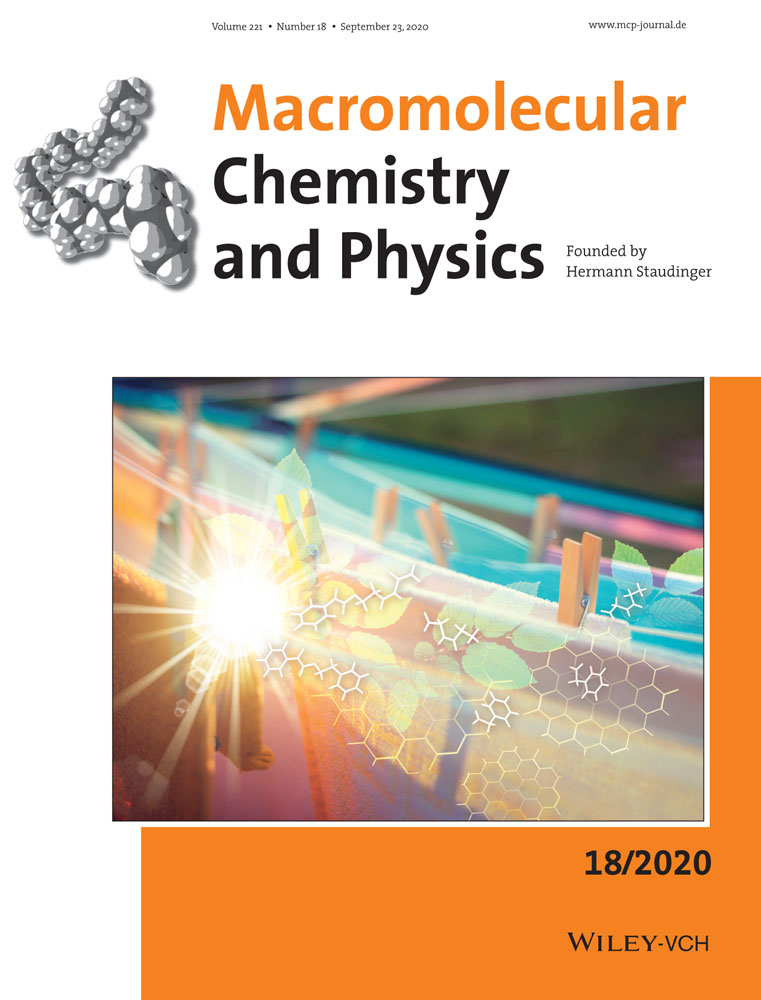Determination of Head-Addition Incidence of Methyl Acrylate and Temperature Dependence in Radical Polymerization by Coupling Reversible Addition-Fragmentation Chain Transfer Block Polymerization Derivatization and Gradient Polymer Elution Chromatography
Abstract
Regioselective addition of nonsymmetrical monomers in radical polymerization is a basic issue for control of the reaction kinetics and structure of the resulting products. In reversible addition-fragmentation chain transfer (RAFT) polymerization, head addition generates primary alkyl adducts when trapped by RAFT agents. Due to the low leaving ability of primary alkyl radicals, this kind of adduct in RAFT polymerization will become nonactive macro-RAFT agents, that is, dead dormant species (DDS). Based on the previously-developed equation for the correlation of DDS content (α) with head-addition incidence (ρ1) in RAFT polymerization and the quantitative determination method of DDS content by coupling a block-polymerization derivatization with gradient polymer elution chromatography analysis, the ρ1 values of methyl acrylate (MA) at different temperatures are determined with benzyl N-carbazolecarbodithioate (BCBD) as RAFT agent and 2-methyloxyethyl acrylate as the second monomer for block-polymerization derivatization. The results show that the ρ1 values of MA at 60, 70, 80, and 90 °C are 2.04 × 10−3, 2.37 × 10−3, 2.72 × 10−3, and 3.28 × 10−3, respectively, and the activation energy for ρ1 is 15.8 kJ mol−1. The DDS in BCBD-mediated RAFT polymerization of MA is separated by column chromatography and characterized by 1H-NMR and MALDI-TOF MS.
Conflict of Interest
The authors declare no conflict of interest.




